The Nature of the Living State
Click on one of the following links to jump to a specific subtopic on this page, or scroll the text up and down to find what you need.Atomic Number
Atomic Mass
Primary Elements
Molecules and Chemical Bonding
Ionic Bonding
Covalent Bonding
Hydrogen Bonding
Water
Carbon-based compounds
All matter in the universe is divided into distinct classes of matter called elements which have unique properties one from the others.
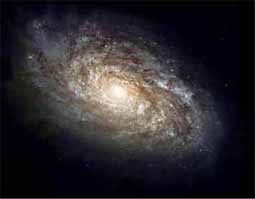
The fundamental unit of an element is called the atom.

Atoms have two regions: (1) an inner compact region called the nucleus and (2) one or more electron shells which surround the nucleus according to the Bohr model of atoms.

All atoms are electrically neutral (meaning they have no net charge).
However, electrons have a net charge of -1 each. The electrons are constantly rotating around the nucleus of atoms in the electron shells which represent different energy levels. Electrons, particularly those in outer electron shells, can "wander off" from time to time but are soon replaced by electrons from other sources.

In the atomic nucleus, there are sub-atomic particles called protons with a net charge of +1 and neutrons with a 0 net charge. The nucleus of atoms is extremely stable
For atoms to be electrically neutral (which they are) then the number of protons (+1 @) must equal the number of electrons (-1 @).


There are two concepts used to describe the atoms of various elements: (1) atomic number and (2) atomic mass.
Atomic number is equal to the number of protons in the nucleus of an atom and is different for each element.


The simplest element is Hydrogen (chemical symbol of H) which has an atomic number of 1. It is a very reactive element. The next more complex element is Helium (chemical symbol of He) which has an atomic number of 2 and is non-reactive or inert. The reason for this difference in reactivity has to do with the fact that different electron shells have space for a set number of electrons. The inner most shell (therefore the smallest diameter) can hold only 2 electrons. More distant shells can hold more. Hydrogen has only one electron, and therefore, has a "vacancy" for one more in its single electron shell. Helium has 2 electrons, and therefore, has no vacancies. The overall principle is that any atom that has no vacancies is inert but atoms with vacancies will react.

Atomic mass is equal to the number of protons AND neutrons in the nucleus of an atom. Some elements have atoms with the same atomic number but which vary in atomic mass. These variant forms of an element are termed isotopes. Some isotopes are unstable and break down to another isotopic form with the release of radioactivity. These isotopes are called radioisotopes. They are useful in medical procedures.
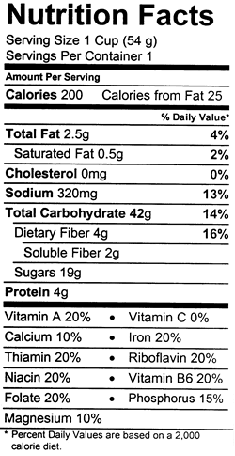
The primary elements important to all living things are Carbon (C), Hydrogen (H), Nitrogen (N) and Oxygen (O). Together, they make up about 90% of the mass of most living things. Other elements such as Fe (iron), Mg (magnesium), S (sulfur), Na (sodium), K (potassium), Ca (calcium), etc. (see the back of a vitamins with minerals bottle for a more complete list), are present in smaller amounts, and therefore, are called "trace elements."
The atoms of elements can be joined together to form compounds, the fundamental units of which are called molecules, by the formation of chemical bonds.
There are three primary ways of forming chemical bonds important to living systems called: (1) ionic bonding, (2) covalent bonding and (3) hydrogen bonding.

A. In ionic bonding, one atom either loses or gains electrons, therefore taking on a net charge. Atoms that lose or gain electrons are no longer called atoms but rather ions.
Since electrons are negative, an atom which loses electrons become positively charged and an atom which gains electrons becomes negatively charged. Positive ions are called cations and negative ions are called anions. A good example of an ionic compund is salt whose chemical formula is NaCl. The Na+ and Cl- are held together by the attraction of their opposite electrical charges.
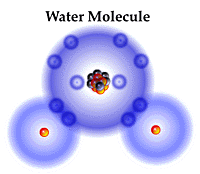
B. In covalent bonding, rather than losing or gaining electrons, atoms share electrons. Water (H-O-H) has two covalent bonds represented by the dashes.

C. Hydrogen bonding is the weak attraction of Hydrogen to either Oxygen or Nitrogen in living systems. Hydrogen bonds are only about 1/10 the strength of either ionic or covalent bonds and can be broken easily but such factors as heat, acids or bases.
Water represents about 70% of the mass of most living things. Of the remaining 30%, the bulk of these molecules are Carbon based.
Water is what is called a polar molecule since both of the hydrogens are at one end of the molecule and the oxygen is at the other end or pole. Since oxygen has more protons in its nucleus than hydrogen, more electrons spend more of their time at the oxygen end, and therefore, that end tends to be more negative than the hydrogen end. The whole molecule is electrically neutral but there is a differential distribution of charge across the molecule. Water molecules tend to orient themselves hydrogen end of one molecule to oxygen end of another due to hydrogen bond formation between the two.
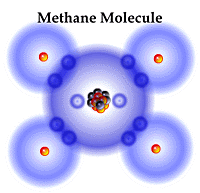
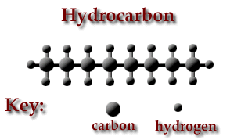
The simplest carbon based compound is methane whose chemical formula is CH4. One hydrogen is found at the top, bottom, left and right of the carbon atom which is in the center. The molecule is held together by four covalent bonds. It is a symmetrical molecule lacking any differential distribution of charge and therefore is not a polar molecule but rather a non-polar molecule. By joining methane molecules together by covalent bonding, chains of methane units can be created which are called hydrocarbons. The name suggests molecules made up of only hydrogen and carbon and they are non-polar as the parent methane molecule is.
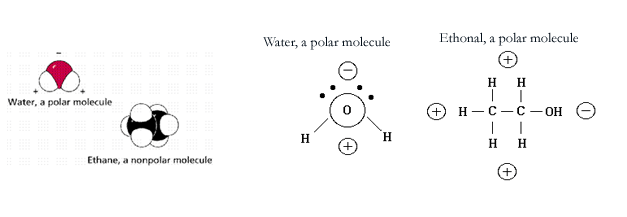
Now the question becomes how is it possible for the non-polar, carbon based compounds to interact in a polar, water based environment? Normally polar and non-polar will not interact. A good example of this fact is when one tries to mix oil (non-polar) and water (polar) -- they don't mix.
The answer is that certain polar chemical groups, which will be referred to as "reactive groups," can be added to non-polar carbon-based compounds to allow them to interact in a polar, water based environment. For instance, ethane, CH4-CH4, is a non-polar molecule and cannot mix with water. However, by adding a reactive group called a hydroxyl group (--O-H) to ethane, ethanol is created (the alcohol in beer, wine, etc.). Ethanol can clearly mix with a water based environment (I'll leave the obvious experiment up to you!).
(1)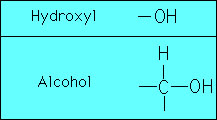 (2)
(2)
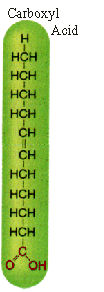
(3)
The three types of reactive groups important to leaving things are: (1) hydroxyl groups, (2) carboxyl groups (--COOH) and amine groups (--NH2). Hydroxyl groups give rise to alcohols. Carboxyl groups give rise to organic acids. Amine groups give rise to organic bases (the opposite of acids).